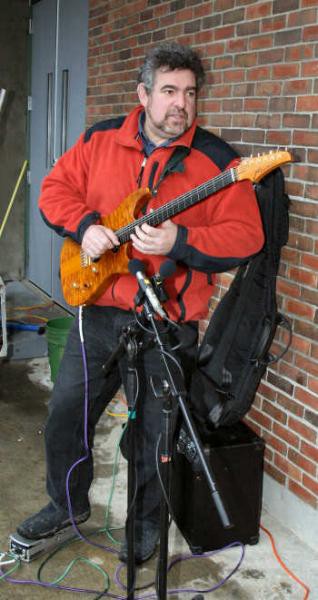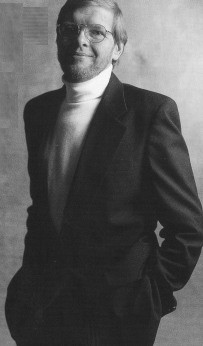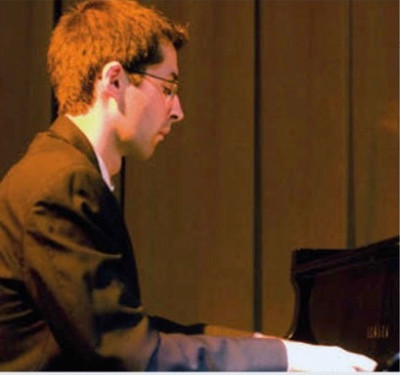
Larry Polansky
Three Pieces For Two Pianos
Album US 2016 on New World Records label
Classical (Post-Modern)
This album exemplifies the depth to which Larry Polansky (b. 1954) explores and connects different musical ideas: In Three Pieces for Two Pianos and Old Paint, mathematical models and algorithmic processes are used to set folk songs; in k-toods, simple text scores outline complex musical processes that Polansky has theorized extensively; and the Dismissions are culminations of lifelong musicological investigations. His unique compositional style is unified through diversity and a constant reexamining, questioning, reformulating, and mixing of ideas. In Three Pieces for Two Pianos (2006–07) Polansky integrates several compositional processes, many of which are individually employed in the subsequent pieces. In Old Paint (2010), a setting of the traditional American cowboy song "I Ride an Old Paint," Polansky augments Ruth Crawford Seeger's piano arrangement from Twenty-two American Folk Tunes Arranged for Piano. The piece starts and ends with a haunting melody that floats above, below, and around the tune sung by the pianist. The five k-toods (2002) musically reflect personal experiences and musings Polansky has had as a father. While loosely programmatic in that sense, they are not at all separate from deep musical investigations found throughout his work; most notably, mathematical functions of time that control the evolution of one musical shape into another, which he calls "morphological mutations." Through the Shakers, he first became interested in the concept of "dismission" in American sacred music. Dismission (pianotood) (2006) expands the original hymn both harmonically, with very wide, open voicings of the chords through much of the piece, and temporally, by increasing then decreasing the lengths of the measures with the time-stretching algorithm also used in the Three Pieces for Two Pianos. Dismission (pianotood 2) (2006) does not implement the time-stretching algorithm and the voicings are generally a bit more compact. Instead Polansky ornaments some of the chords with delicate embellishments and figurations.
Musicians
 | Larry Polansky man, g, eg, *1954 US album by |
 | Amy Beal bvoc, piano |
 | Ittai Rosenbaum p, key, piano |
 | Joseph Kubera p, *1949 US piano |
 | Marilyn Nonken p, US piano |
 | Rory Cowal , piano |
 | Tobin Chodos piano |
Producers
| Jim Fox design, photography |
| Barry Phillips engineer |
| Sean Hayward engineer |
| William Coulter engineer |
| Michael Winter liner notes |
| Paul Zinman mastered by |
| Judith Sherman producer, engineer |
Composers
| Larry Polansky |
Album Tracks 

| No | Title | Artist | Composer | Duration | |
|---|---|---|---|---|---|
| 1 | Three Pieces For Two Pianos: I | Larry Polansky | |||
| 2 | Three Pieces For Two Pianos: II | Larry Polansky | |||
| 3 | Three Pieces For Two Pianos: II (Interlood) | Larry Polansky | |||
| 4 | Three Pieces For Two Pianos: III | Larry Polansky | |||
| 5 | Old Paint | Larry Polansky | |||
| 6 | K-Toods: Growth Spurt | Larry Polansky | |||
| 7 | K-Toods: Tween | Larry Polansky | |||
| 8 | K-Toods: Not In This House | Larry Polansky | |||
| 9 | K-Toods: Baby Pictures | Larry Polansky | |||
| 10 | K-Toods: One Thing At A Time | Larry Polansky | |||
| 11 | Dismission (Pianotood) | Larry Polansky | |||
| 12 | Dismission (Pianotood 2) | Larry Polansky |
30sec audio samples provided by ![]()
